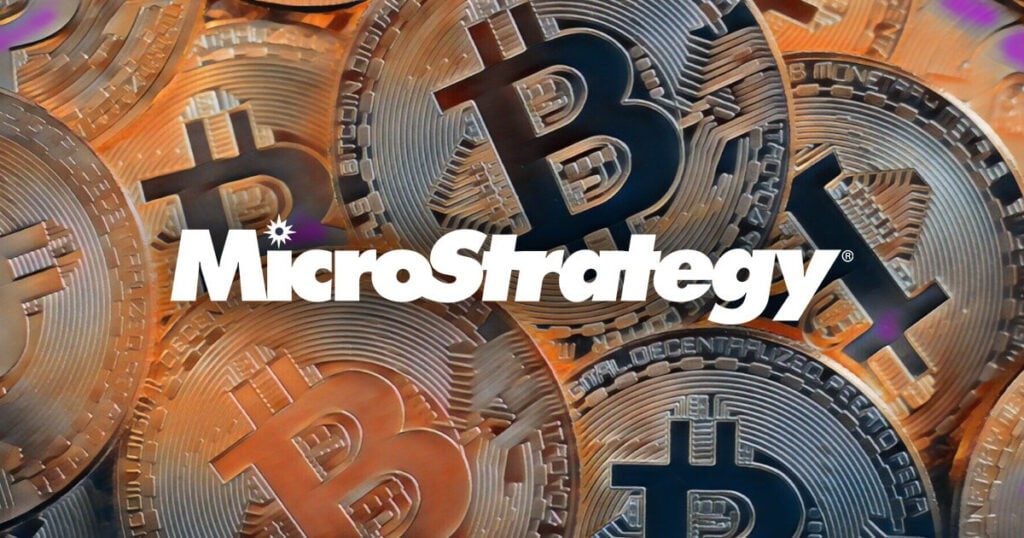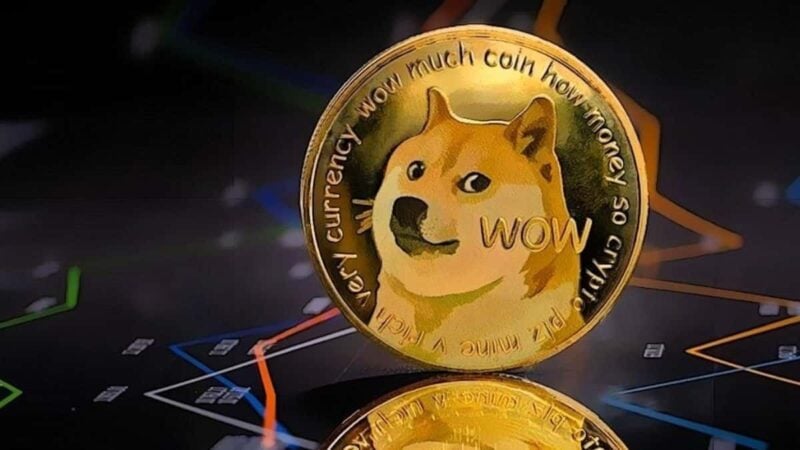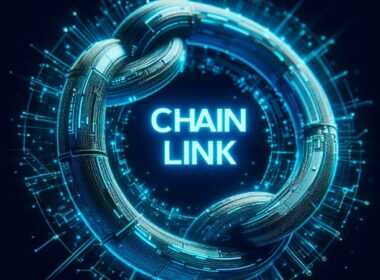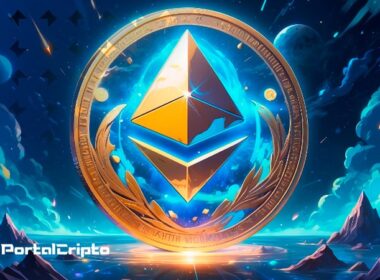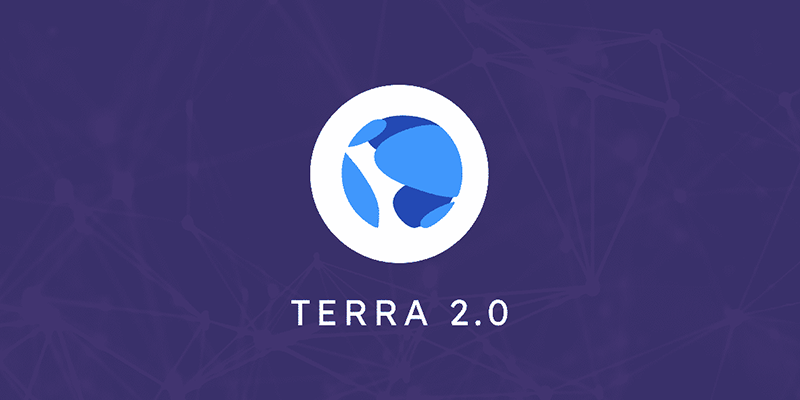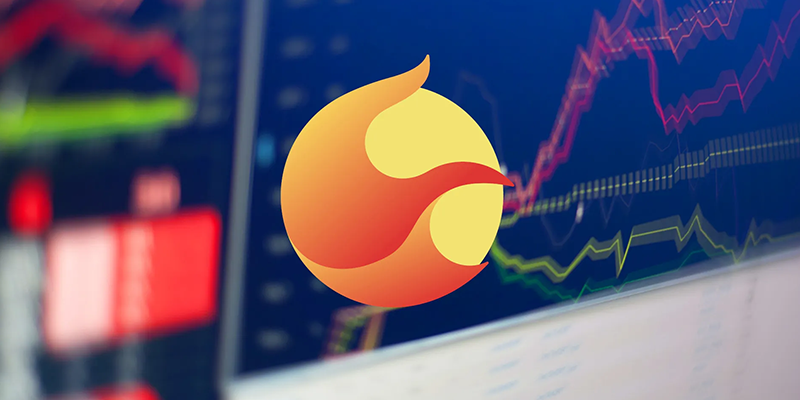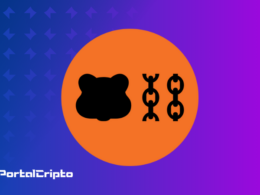LUNA 2.0 was released on May 28 and immediately dropped 74%. It then dropped another 60% but leveled off last week as the market tries to gauge fair value amid the controversy surrounding the collapse. and the LUNA 2.0 price forecast for 2022 and beyond.
In this article, we will discuss:
What is Terra 2.0 (LUNA)?
Terra (LUNA) is a public blockchain protocol that emerged from Terra Classic. O Terra Classic is home to the TerraClassicUSD (UST) algorithmic stablecoin. The LUNC token is now rebranded as UST backed by the LUNC token, which crashed in a bank run in May 2022. This devalued the LUNA to virtually zero and caused a new chain to launch – resulting in the Terra Classic and on Earth. Read a full analysis of the Terra crash here.
The development of Terra Classic was launched in January 2018 and the blockchain launched in April 2019. It has attempted to combine the price stability and wide adoption of fiat currencies with the censorship resistance of Bitcoin (BTC) and offer fast and affordable settlements through its stablecoin UST . A Terra Classic offered stablecoins pegged to the US dollar, South Korean won, Mongolian tugrik and the International Monetary Fund's basket of special drawing rights currencies.
The new Terra blockchain continues the legacy of Terra Classic without the stablecoin UST. It will continue to build with the help of the LUNA community dubbed “LUNAtics” and evolve the world-class UX and UI that drove the Terra Classic to second place in total locked value (TVL) at its peak. Many DApps have agreed to migrate to Terra to continue their functionality.
Terra Luna Project
The Terra project was founded in 2018 by former Apple (AAPL) and Microsoft (MSFT) software engineers: Do Kwon, who was previously the founder and CEO of decentralized wireless mesh networking startup Anyfi, and Daniel Shin, who co-founded South Korean e-commerce platform Ticket Monster and startup incubator Fast Track Asia. The project ironically aimed to boost adoption of the technology blockchain and cryptocurrency, focusing on price stability and user experience.
Terra focused on creating algorithmic stablecoins such as TerraUSD (UST), which maintained its peg to the US dollar through an exchange mechanism with the LUNA token that allowed users to redeem 1 UST for $1 in LUNA tokens. The UST broke away from the US dollar within days of May 9th, collapsing on May 12th and causing hyperinflation as UST sales resulted in billions of LUNA tokens being minted.
On May 28, Terra re-released the UST-free LUNA token as a hard fork, or spinoff, of the blockchain. According to the project's migration documentation, the "original Terra was renamed to Terra Classic and a new chain is created with the existing name Terra… All Luna coins that were previously on exchanges were renamed Luna Classic (LUNC) and all Terra stablecoins were renamed Terra Classic stablecoins. TerraUSD (UST) became TerraClassicUSD (USTC) and TerraKRW (KRT) became TerraClassicKRW (KRTC).
Analysts' view of LUNA 2.0
Anders Helseth
Anders Helseth, a senior analyst at cryptocurrency research firm Arcane, pointed out that Terra’s UST stablecoin “functioned as the perfect exit liquidity in what can be described as an extended pump and dump scheme.” “A combination of LUNA’s supply control, the psychology of the dollar, and the guarantee of high yields guaranteed with its own pre-mined tokens created sustained outflow liquidity,” he said in a note.
As the Terra protocol had no built-in inflation mechanism, early token holders had two ways to profit by selling tokens to new token buyers or holding tokens until they appreciated the theoretical value of the paper. “No block rewards and a highly concentrated LUNA supply gave all the power to the first holders,” Helseth wrote.
“Terra blockchain data shows that wallets connected to Terraform Labs and large initial LUNA holders made huge profits… “The common denominator across clusters is that one or more wallets in the cluster received significant transfers from Terraform Labs wallets or of the largest John Doe wallets on October 3, 2020. “From October 2020 to May 5, 2022, clusters have net outflows of $6 billion to exchanges and bridges (flow value calculated using market prices at the time of transfer). In contrast, all other hundreds of thousands of portfolios have a net inflow of $6,5 billion.
“By pumping the LUNA token, the burn/mint mechanism, and creating sustained demand for the UST token through Anchor, the perfect outflow liquidity for large LUNA exchanges was created. And the UST exit gates were used at scale for a set of very old LUNA holders. At best, profits can be described as collateral gains in a failed bootstrapping attempt.” There have been allegations that Terra co-founder Do Kwon withdrew $2,7 billion in the months before the UST crash, which he refuted in a Twitter thread.
Mads Eberhardt
Mads Eberhardt, cryptocurrency analyst at Dutch bank Saxo, commented after the launch of LUNA 2.0 that Terra “is ignoring a bit that has caused a collapse worth billions.” The collapse of UST wiped out a total market capitalization of $58 billion, of which UST accounted for $18 billion and LUNA $40 billion. “At some point, you have to admit defeat and let a project die. Terra should have been such a project,” the analyst said in a note published on May 30.
“In our opinion, Terra has already caused enough damage to individuals and the cryptocurrency market as a whole. It genuinely seems that the people behind Terra believe they can always give it another chance if their first effort doesn't work out, thereby neglecting that their flawed design has already caused billions worth of collapses. “The Terra case doesn't put the cryptocurrency market in a good light nor does the Terra 2.0 narrative of 'let's just try again'. The cryptocurrency market must focus on projects that create value to become something more than a speculative asset class.”
John Hargrave
Cryptocurrency analyst John Hargrave of Quantum Economics noted that there were “yellow flags that should have made people cautious about investing in land, and the red flags that we hope will prevent investors from reinvesting in land when it is relaunched.” Yellow flags included the fact that UST was an algorithmic stablecoin and that Earth is highly centered around Do Kwon.
Red flags included the fact that Terra offered 19,5% in annual interest through the Ancora protocol, paid from its reserves; and that Anchor held 75% of Terra's supply – unlike Ethereum, for example, which has a rich ecosystem of decentralized applications (dApps). Do Kwon raised more red flags with instant plans to relaunch LUNA as a standalone token minus the stablecoin and amending the proposal after voting began. That the vote still passed was another red flag, according to Hargrave.
“You would have to be a LUNAtic to reinvest. As value investors, ask yourself: where is the value? Is the land, the technology, really adding value to the world?” wrote Hargrave. “Creating a new token out of thin air, getting rid of the stablecoin and pretending nothing happened: how is this creating value? This is cryptocurrency, so anything can happen.”
LUNA 2.0 Price Forecast
The price of Terra is predicted to reach a maximum level of $4.613 throughout 2022. As early as 2023 according to our crypto price prediction index, Terra (LUNA) may reach a maximum level of $8.877, with the average price of trade of $6.601. In 2025 according to our crypto price prediction index, LUNA is expected to cross an average price level of $10.701.
The minimum expected value of the price of Terra at the end of the current year should be $9.881. Furthermore, LUNA can reach a maximum price level of $10.906. The price of Terra is predicted to reach the lowest possible level of $9.471 in 2030. According to our crypto price prediction index, the price of LUNA could reach a maximum possible level of $17.466, with the predicted average price of $13.161 .
Keep in mind that cryptocurrency markets remain extremely volatile, making it difficult to accurately predict what a coin’s price will be in a few hours, and even more difficult to provide long-term estimates. As such, analysts and algorithm-based forecasters can get their predictions wrong. Having said that, before making any investments, do your research, investing in cryptocurrencies is highly risky and speculative, and this article is not a writer's recommendation for investing in cryptocurrencies.
LUNA 2.0 Token
The maximum initial supply of LUNA coins on the new Terra chain is 1 billion, of which 124,6 million were in circulation at the time of writing on June 20. “The mint module will release new coins every block as staking rewards at a standard rate of around 7% [per year],” the documentation said.
LUNA 2.0 tokens were released to LUNA token holders starting May 27. The new LUNA coin opened at a price of $18,98 on May 28, but immediately plummeted in value to end the day at $4,94. Although the price bounced back to $11,97 on May 30, it dropped again and on June 8 it hit an intraday low of $1,96. Since then, the coin has been trading around $2.
Where to buy LUNA 2.0?
LUNA 2.0 cryptocurrency can be traded on the following exchanges: Binance, Huobi, Bitrue, Bitfinex, FTX, KuCoin, Gate.io, Bybit and LBank.
Conclusion
Cryptocurrencies are high-risk assets, especially currencies like LUNA, which have a history of instability. Only you can decide whether LUNA 2.0 is a suitable investment for your portfolio, depending on your risk tolerance, portfolio size and objectives. Keep in mind that past performance is no guarantee of future returns.
Prediction sites differ in their view of the LUNA 2.0 token price going forward, with some projecting that the price will fall, while others predict different levels of gains. This difference in forecasts reflects the importance of doing your own research to get an informed view on possible future price movements. Note that predictions based on algorithms and analysts may be wrong.
